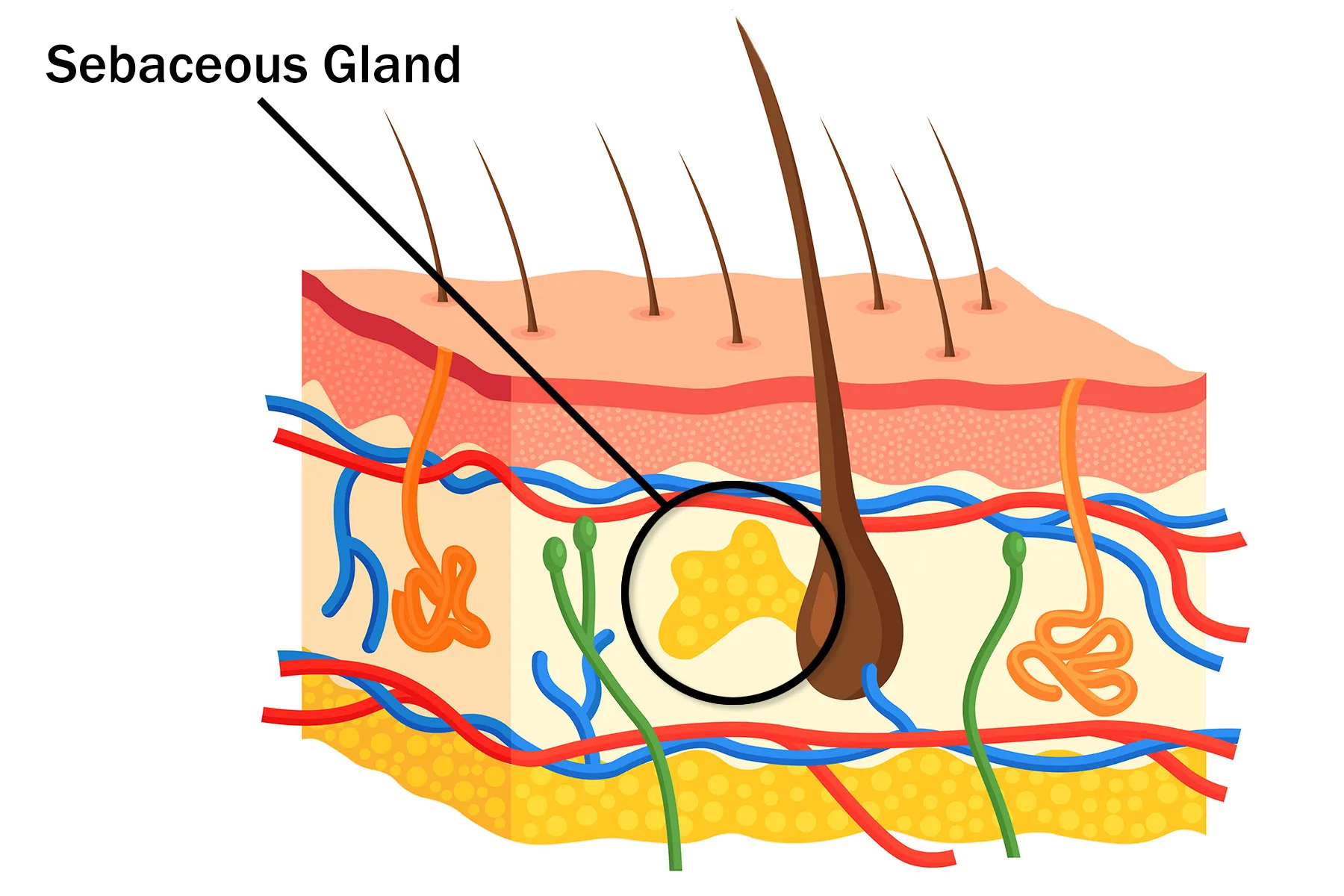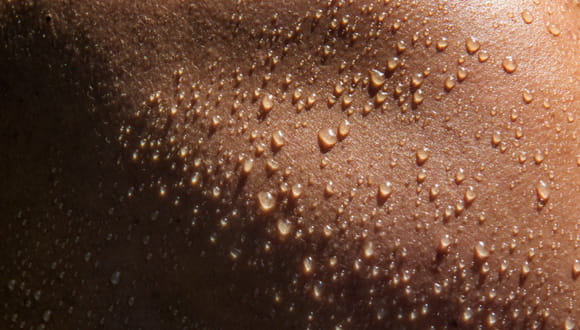Does Your Hair Get Greasy Too Quickly?

Do you wash your hair in the morning only to find it flat and oily by the afternoon?
You're not alone.
Excess scalp oil can be frustrating—and it’s not always just about poor hygiene or shampoo choice.
In this post, we’ll explore 8 common causes of oily scalp and share 5 professional tips to help you restore a clean, balanced scalp.
Common Signs of an Oily Scalp
- Hair turns greasy within 24 hours of washing
- Flat, limp roots with visible scalp parting
- Sticky or smelly scalp sensation
- Bumps, acne, or itching on the scalp
(Tip: Visual symptoms like these may indicate a deeper scalp imbalance.)
8 Reasons Your Scalp Gets Oily So Fast
1. Overactive Sebaceous Glands

Your scalp naturally produces sebum (oil) to protect and moisturize the skin.
But when these glands become overactive—due to genetics or environment—they can clog pores and cause greasy buildup.
2. Hormonal Imbalances

Androgens (male hormones) stimulate oil production.
During hormonal fluctuations like puberty, menstruation, pregnancy, or menopause, sebum levels may rise, making the scalp oilier than usual.
3. Poor Lifestyle Habits

- Greasy, spicy foods can overstimulate oil glands.
- Late nights disrupt metabolism and hormonal balance.
- Chronic stress raises cortisol levels, which boosts oil production and inflammation.
4. Air Pollution

Dust, smoke, and airborne pollutants stick to your scalp, triggering more oil secretion and potentially clogging follicles or causing irritation.
5. Hot or Humid Weather
Heat and humidity increase both sweat and oil production.
When mixed, they create a greasy environment that’s harder to wash off—leading to buildup and potential scalp odor.
6. Overwashing or Harsh Shampoos

Washing too frequently—or using strong, stripping shampoos—can dry out your scalp.
This triggers a rebound effect, where your body produces more oil to “protect” itself.
7. Heavy or Silicone-Based Hair Products

Products like thick conditioners, styling sprays, or dry shampoos may not rinse off fully.
They build up over time, trapping oil and blocking scalp pores.
8. Wearing Hats or Headgear

Poor ventilation traps moisture and heat against the scalp, stimulating even more oil production.
Common Myths About Oily Scalp
Myth 1: "Sebum is natural, so I should wash my hair less often."
While natural oils protect the scalp, too much buildup is harmful.
If your scalp feels greasy just one day after washing, it may already be out of balance.
Myth 2: "The stronger the shampoo, the better."
Harsh shampoos may feel “clean,” but they disrupt the scalp’s pH and microbiome—leading to dryness, flaking, or rebound oiliness.
Myth 3: "Greasy hair means it’s healthy and nourished."
A moderate amount of oil is good—but excess oil clogs follicles and can actually shrink them, leading to weaker hair and shedding over time.
5 Professional Tips to Fix Oily Scalp

1. Use a pH-balanced shampoo (around pH5.5)
Gentle, scalp-friendly formulas help maintain long-term balance without over-drying.
2. Establish a regular wash routine
Wash your hair based on your scalp type—consistency is key to avoiding both buildup and over-stripping.
3. Deep clean and gentle exfoliate scalp regularly
Scalp scrubs, enzyme treatments and other deep cleaning products help clear old oil, product residue, and dead skin cells—promoting breathability and oil control.
4. Adopt healthy lifestyle habits
Reduce high-fat or spicy foods, avoid late nights, exercise regularly, and find ways to manage stress.
5. Clean your tools and reduce styling product use
Wash your combs, pillowcases, hats regularly. Minimize use of dry shampoo or strong sprays. If used, make sure you thoroughly cleanse your scalp afterward.

